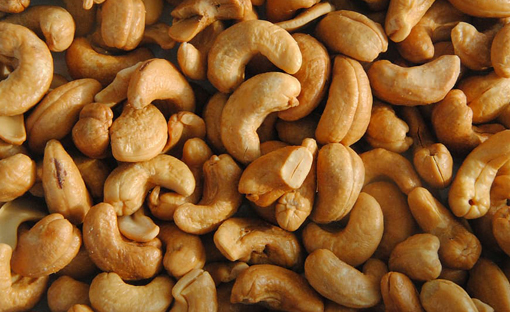The World Health Organization (WHO) has recently released updated dietary guidelines, shifting its focus from strictly regulating the quantity of fats and carbohydrates to emphasizing their quality. The organization continues to recommend that adults limit their consumption of fats to 30% or less of their daily calorie intake. However, the new guidelines place greater importance
The World Health Organization (WHO) has recently released updated dietary guidelines, shifting its focus from strictly regulating the quantity of fats and carbohydrates to emphasizing their quality. The organization continues to recommend that adults limit their consumption of fats to 30% or less of their daily calorie intake. However, the new guidelines place greater importance on the types of fats consumed. Healthy unsaturated fats from sources like whole grains, fruits, and vegetables are encouraged, while unhealthy saturated fats found in dairy products and fatty meats are cautioned against. Additionally, the guidelines highlight the adverse health effects of trans-fatty acids derived from industrial sources and certain animal products.
Similarly, the WHO now emphasizes the significance of consuming natural fiber from whole grains, pulses, fruits, and vegetables for improved cardiovascular health. These dietary changes are aimed at combatting the global obesity epidemic, which has seen obesity rates nearly triple since 1975, affecting millions of adults and children worldwide.


In line with its focus on lifelong healthy nutrition, the WHO’s updated guidelines extend to children as well. For the first time, the recommendations provide guidelines for children’s vegetable and fruit consumption. Children aged 2 to 5 years should consume at least 250 grams daily, while those aged 6 to 9 years and 10 years and older should aim for at least 350 grams and 400 grams, respectively.
Furthermore, the guidelines address children’s fiber needs. Children aged 2 to 5 years should consume at least 15 grams of fiber daily, while those aged 6 to 9 years and 10 years and older should aim for at least 21 grams and 25 grams, respectively. These dietary guidelines aim to promote healthy eating habits from an early age to prevent obesity-related health issues and encourage lifelong well-being.

Experts and nutritionists affirm the importance of starting healthy eating practices in childhood to ensure healthier futures for children, reducing the risk of chronic diseases such as high blood pressure, high cholesterol, and diabetes. By instilling healthy eating habits from an early age, individuals are more likely to maintain these practices throughout their lives, promoting overall well-being and preventing obesity-related health concerns.
In addition to promoting healthy eating habits, experts stress the importance of positive attitudes toward food and eating. Avoiding discussions solely focused on weight or body image is crucial, as they can lead to anxiety and eating disorders. Instead, promoting healthy eating as a positive aspect of overall well-being encourages a balanced and sustainable approach to nutrition.

In conclusion, the WHO’s updated dietary guidelines prioritize the quality of fats and carbohydrates consumed, encouraging healthier choices for individuals of all ages. By promoting the consumption of healthy fats, natural fiber, vegetables, and fruits, the guidelines aim to address the global obesity epidemic and foster lifelong well-being for individuals worldwide. Implementing these dietary recommendations from childhood can lead to healthier futures and reduce the risk of obesity-related health issues, ultimately improving public health on a global scale.



















Leave a Comment
Your email address will not be published. Required fields are marked with *